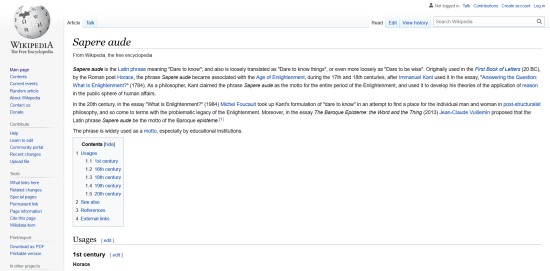First off, thanks to everyone who voted for me to be included in this contest (although much grumbling was heard throughout the last frantic hours of getting this miniature painted and photographed ![]() ). Just for the impatiently curious among you, here's a shot of my entry for the first round, the German Leader:
). Just for the impatiently curious among you, here's a shot of my entry for the first round, the German Leader:

Right, now that's out of the way, allow me to waffle on a bit about myself by way of introduction. I'm a thirty-something (still just within the first half of my thirties, if you must know) Belgian, married and father of one (so far), and have been playing with toy soldiers for almost 10 years now, starting in the tail end of my student period and going strong ever since. I play mostly historical periods, with a focus on 25mm Ancients using Warhammer Ancient Battles and WWII using Blitzkrieg Commander, although virtually every period has been known to appear on our gaming tables over the years.
Painting wise, I've always tried to paint figures to a fairly high standard, only recently (after ten years of spending multiple hours on a single wargaming figure) being able to convince myself that not every rank-and-file miniature needs to be painted to the fullest of my ability. As to painting style, I use a classic three-layer technique (shade, midtone and highlight in successive layers) using mostly Vallejo Model Colour and Foundry paints. On this particular figure, I used only Vallejo except for a few spots here and there.
As I've promised in my introduction to the selection round of this competition, the German I've entered for this round has been painted using my customary layering technique. My only concession to the larger size of the figure (I've never painted anything larger than a 25mm figure before this) and to the fact that it is a painting competition after all, is that on the major color areas (skin, tunic, breeches and cloak) I've used a slight variation, whereby I still have three colour layers, but the layers have been blended a little bit by painting each individual layer incrementally with highly thinned paint, as mentioned in the classic article on the Vallejo site. (More on this, later.)
I selected the German figure as my initial (and possibly only ![]() ) figure in this contest for a number of reasons - mostly selfish, I must add. As I had never painted a 54mm figure before, I wanted to start with a relatively simple one. The German is a one-piece casting, wearing quite a bit of armor and having not too much skin showing (blending large skin areas, as are present on the gladiator, is difficult - should I pass this round, that will be for later) and I have been painting barbarians (in the Roman definition thereof) in various forms for years now, so I have a good idea of the colours that work on them and how to paint those colours.
) figure in this contest for a number of reasons - mostly selfish, I must add. As I had never painted a 54mm figure before, I wanted to start with a relatively simple one. The German is a one-piece casting, wearing quite a bit of armor and having not too much skin showing (blending large skin areas, as are present on the gladiator, is difficult - should I pass this round, that will be for later) and I have been painting barbarians (in the Roman definition thereof) in various forms for years now, so I have a good idea of the colours that work on them and how to paint those colours.

That said, I wanted to do something different with the figure. To that end, I did a very simple conversion (addition, really), by adding a fur fringe to the figure's cloak using green stuff. Additionally, I wanted to add the wicker shield with a bent pilum to the scene, as if discarded in the heat of battle (that was one of the reasons behind the design of the pilum - the long steel shaft would bend after getting stuck in enemy shields and render them useless). Both shield and pilum were provided as accessories with the figures.


As evident in the pictures, I also included the circular base provided, and used the remaining green stuff to hide the join between the figure's base and the circular base.









